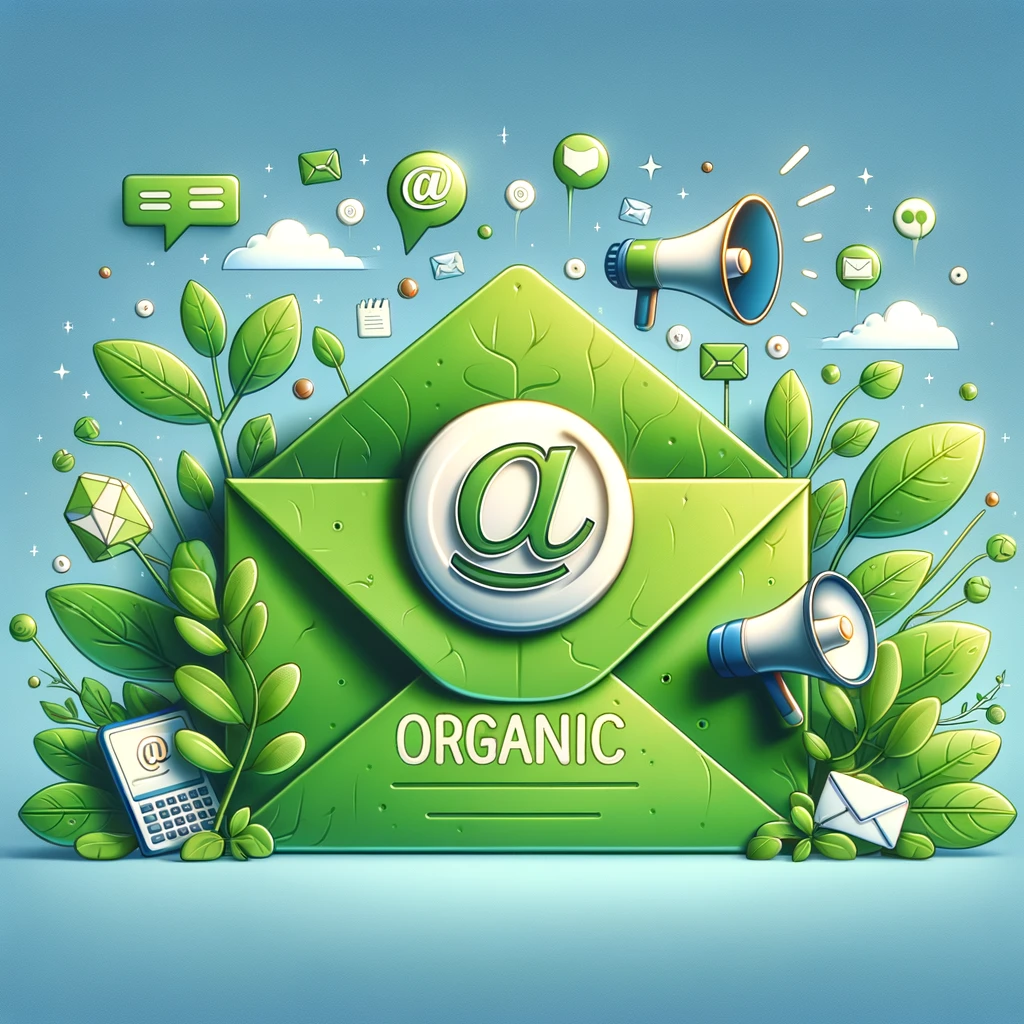
Mythbusters: Do Old Wives’ Email Marketing Tales Hold True?
Mythbusters: Do Old Wives’ Email Marketing Tales Hold True? is the first in a new blog series where we tackle and debunk common myths in email and social marketing.
Email marketing is an ever-evolving practice affected by everything from advances in technology to changes in consumer behavior. Many of the dos and don’ts that held true in the past are no longer applicable. Read below to see 5 email marketing myths exposed. What you learn may surprise you!
Myth 1: Using words like ‘free’, ‘dear’ or ‘save’ in the subject line will cause your email to be marked as spam and blocked from in-boxes.
Spam filters are sophisticated enough to consider many variables. Using words like ‘free’ and ‘save’ in the subject line alone will not cause your email to be marked as spam. Spam filters scan emails to look at multiple aspects including content, unnecessary capitalization and punctuation. If your email contains many spam-flagging characteristics, then it will most likely be blocked. However, if you have an inkling to use the occasional ‘save’ in the subject line, feel free!
Myth 2: Test everything!
I’m going to go out on a limb and tell you it’s not essential that you test everything and anything when it comes to email marketing. Some variables are more important to test than others. Will a green vs. a blue call-to-action button really make or break an email campaign? The answer is, probably not. However, the context with which you place a button (contrasting vs. matching) and the location of the button (top, middle or end of an email) will be more likely to make an impact. Leave some tactics to experience, instinct and common sense while you test and refine others.
Myth 3: Send email only during the week.
More and more individuals are checking email on their mobile phones. The Nielsen Company suggests that e-mail represents 41.6% of mobile Internet time. As a result, recipients are able to check email more readily on nights and weekends. Sending email on a strict weekday-only schedule may not be as critical as it once was. You may even face less competition in the inbox on nights and weekends, as most companies send email during the week and in the morning. Perform an A/B split test on a few email campaigns to see how your weekend sends compare to those made during the week – You may be shocked by what you find.
Myth 4: All unsubscribes are bad.
Most sent email will result in unsubscribes, but not all unsubscribes are a bad thing. Removing uninterested and disengaged individuals from your list will improve delivery rates and make your reporting more indicative of your engaged recipients’ response to your marketing. You can also improve delivery rates by occasionally purging your list of inactive individuals.
Myth 5: Sending too many emails too often will make you to look like spam.
Send frequency is relative to each business and the reaction your customers have with your email. You can send as often as you like as long as recipients find your content useful and remain engaged. If you’d like to send more often, build up to the frequency you desire. You wouldn’t want to suddenly go from sending one email a month to sending four emails a month without a transition period, as that may end up off-putting recipients. Instead, gradually build to your desired send schedule and measure your recipients’ response. It is also helpful to alert recipients you will be increasing send frequency. For example, include text within your email such as “Because we’ve had such positive feedback on our email, we will be increasing our sends to twice a month.” As long as the content within your emails is valuable to your recipients and you don’t drastically change your send schedule, increasing the number of emails you send can positively impact your business.
There you have it, myths busted. And, no one was harmed in the writing of this post. Stay tuned for the next post in this series.
© 2012, Contributing Author. All rights reserved.




Very eloquently written and informative post. Email and internet marketing is a constantly changing medium.
Interesting points and well executed!
Well Savannah, though it’s looking little bit interesting to hear just at the first time but I think it works actually. Thanks for sharing your brilliant thoughts by naming ‘myth’. I’m also waiting to check out your next post. Good luck.